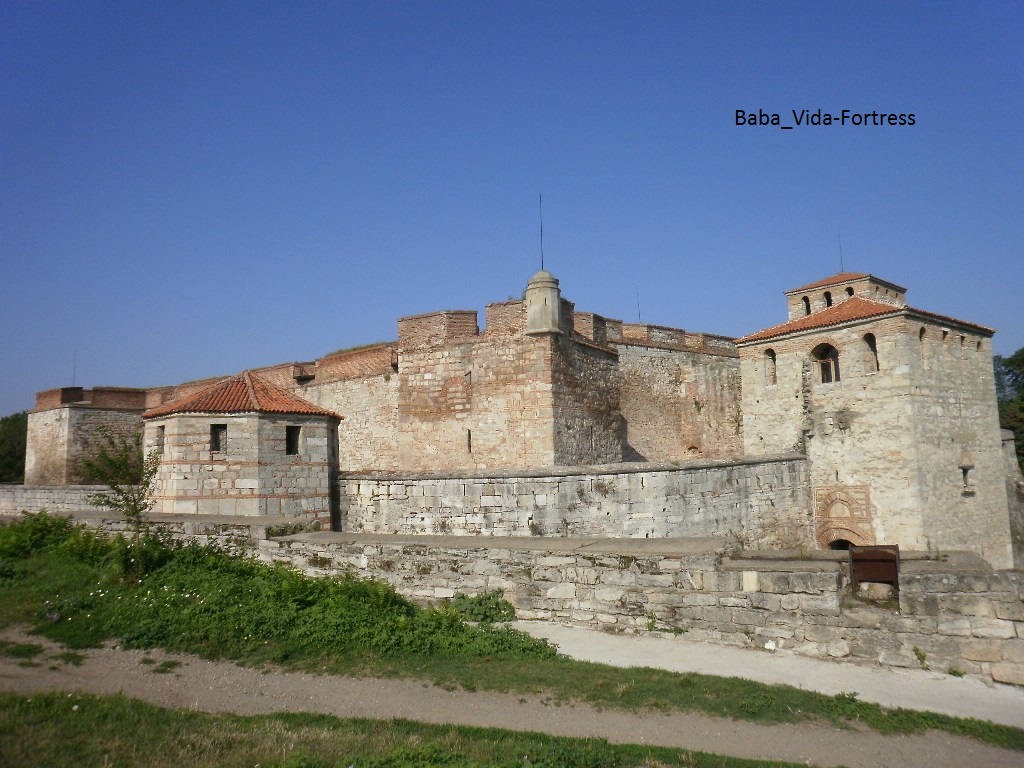《Southeast Europe – The Journey Less Travelled》
 To most world travellers to Europe, the well-known tourist attractions still seem to continue to be their travel destinations of choice, irrespective of whether as first-time visitors to Europe or as repeaters. The European countries of formerly “Western” Europe, such as United Kingdom (especially the city of London), France (especially Paris) or Italy (especially Rome and Venice), have been the favorites of world tourists. On the other hand, among those European nations, which were once Communist states, the Czech Republic (with its capital Prague) appear to be very popular for tours.
To most world travellers to Europe, the well-known tourist attractions still seem to continue to be their travel destinations of choice, irrespective of whether as first-time visitors to Europe or as repeaters. The European countries of formerly “Western” Europe, such as United Kingdom (especially the city of London), France (especially Paris) or Italy (especially Rome and Venice), have been the favorites of world tourists. On the other hand, among those European nations, which were once Communist states, the Czech Republic (with its capital Prague) appear to be very popular for tours.In the latter part of April, 2017, my wife and I, together with a relative, went on a river cruise in Southeast Europe. The destinations during this trip, which can be reached by river ship, may be less familiar with (at least for us) and considered “less travelled”. The places we visited were all in formerly Soviet-controlled states, including Hungary, Croatia, Serbia, Bulgaria, and Romania. Most of these countries are located in the Balkan Peninsula and were parts of the former Communist nation of Yugoslavia. Several years ago, we had taken the popular river cruise along the upper River Danube, from Germany to Budapest (Hungary). This time, the river cruise route was along the downstream part of the River Danube. We embarked the ship at Budapest, Hungary and disembarked at Giurgiu, Romania. After the river cruise, we spent a couple of days visiting the city of Bucharest and the Romanian region of Transylvania.
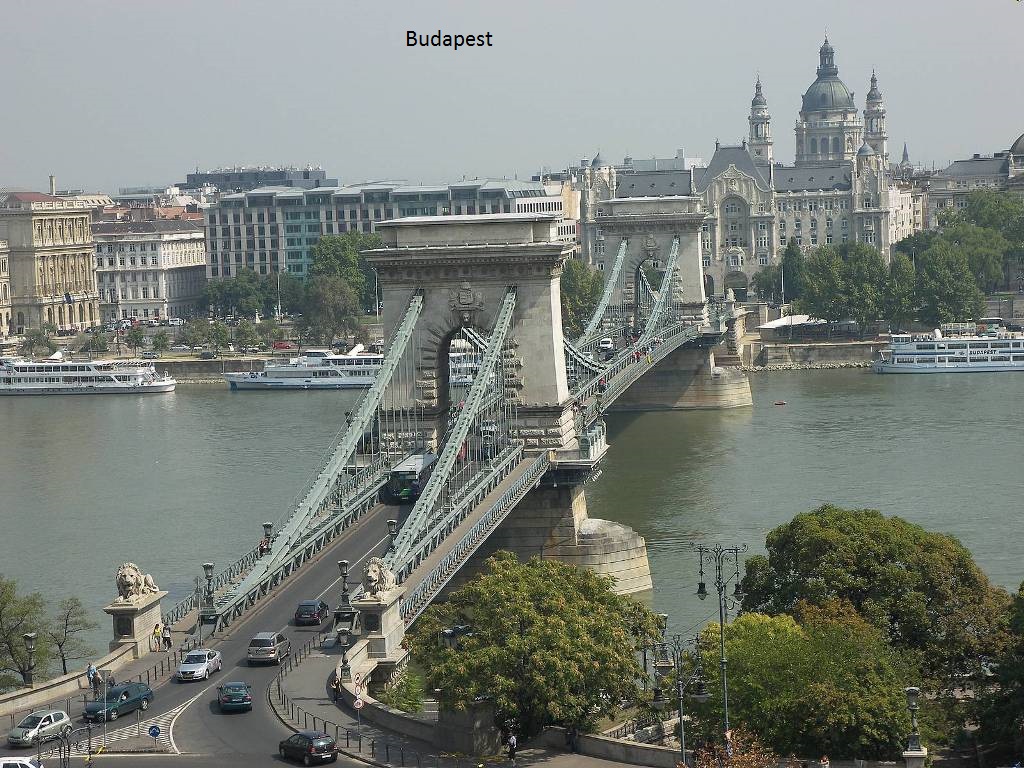
 Budapest of Hungary consists of two parts -----Buda and Pest, which are separated by the River Danube. We took a cable car to go up to the Castle Hill (with the Buda Castle/the Royal Palace on the hill top). There we observed down below the famous Chain Bridge and the Hungarian landmark of the Parliament. The night scene of this iconic Hungary Parliament along the shore of the Danube, with the colorful light illuminations, is certainly a fascinating and gorgeous sight to behold ---- perhaps worth to see at least once in a lifetime.
Budapest of Hungary consists of two parts -----Buda and Pest, which are separated by the River Danube. We took a cable car to go up to the Castle Hill (with the Buda Castle/the Royal Palace on the hill top). There we observed down below the famous Chain Bridge and the Hungarian landmark of the Parliament. The night scene of this iconic Hungary Parliament along the shore of the Danube, with the colorful light illuminations, is certainly a fascinating and gorgeous sight to behold ---- perhaps worth to see at least once in a lifetime.
 The next city to visit during the trip was Pecs of Hungary. As an early Christian center, Pecs houses the UNESCO World Heritage site of the Christian Necropolis (underground tombs/burial chambers). In Pecs, there is also the “Mosque Church” ----- now a Catholic church which had been converted from a previously Muslim mosque.
The next city to visit during the trip was Pecs of Hungary. As an early Christian center, Pecs houses the UNESCO World Heritage site of the Christian Necropolis (underground tombs/burial chambers). In Pecs, there is also the “Mosque Church” ----- now a Catholic church which had been converted from a previously Muslim mosque.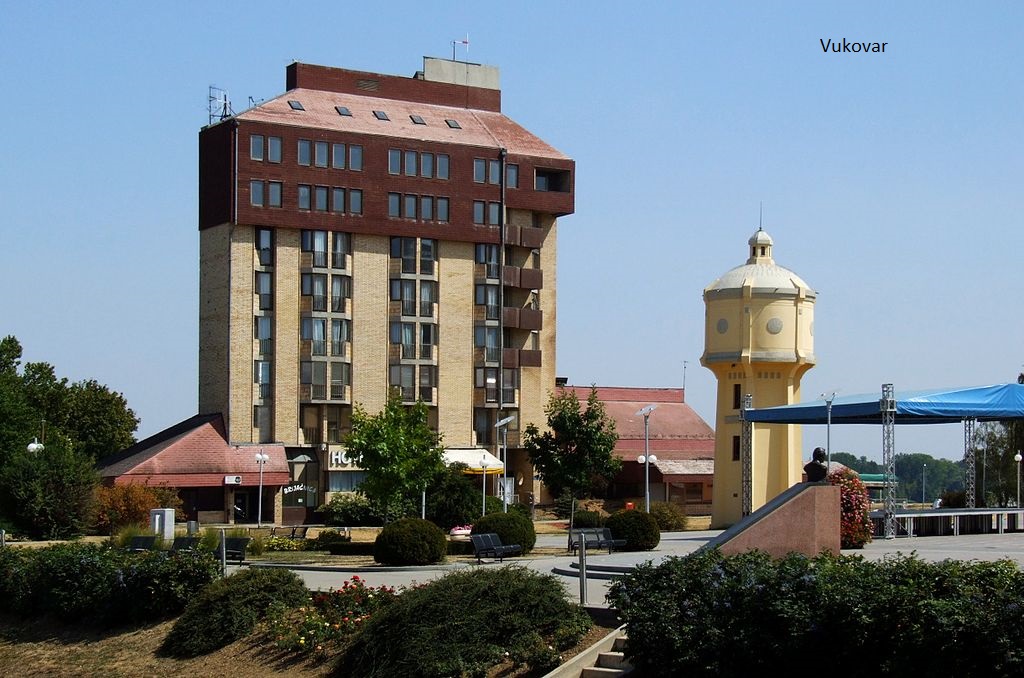
 After Hungary, the river cruise ship reached the nation of Croatia. The ship stopped over at Vukovar in the north-eastern part of Croatia. Vukovar is a relatively unknown small town in Croatia (as compared to the well-known tourist spot of Dubrovnik in the southern-most part of the country by the Mediterranean seashore). From Vukovar, we visited some nearby historic vestiges of the brutal civil war in Yugoslavia after the downfall of Communism. This included the Ovcara Farm which was used as concentration camp for 200 non-Serbia prisoners during the civil war genocide.
After Hungary, the river cruise ship reached the nation of Croatia. The ship stopped over at Vukovar in the north-eastern part of Croatia. Vukovar is a relatively unknown small town in Croatia (as compared to the well-known tourist spot of Dubrovnik in the southern-most part of the country by the Mediterranean seashore). From Vukovar, we visited some nearby historic vestiges of the brutal civil war in Yugoslavia after the downfall of Communism. This included the Ovcara Farm which was used as concentration camp for 200 non-Serbia prisoners during the civil war genocide.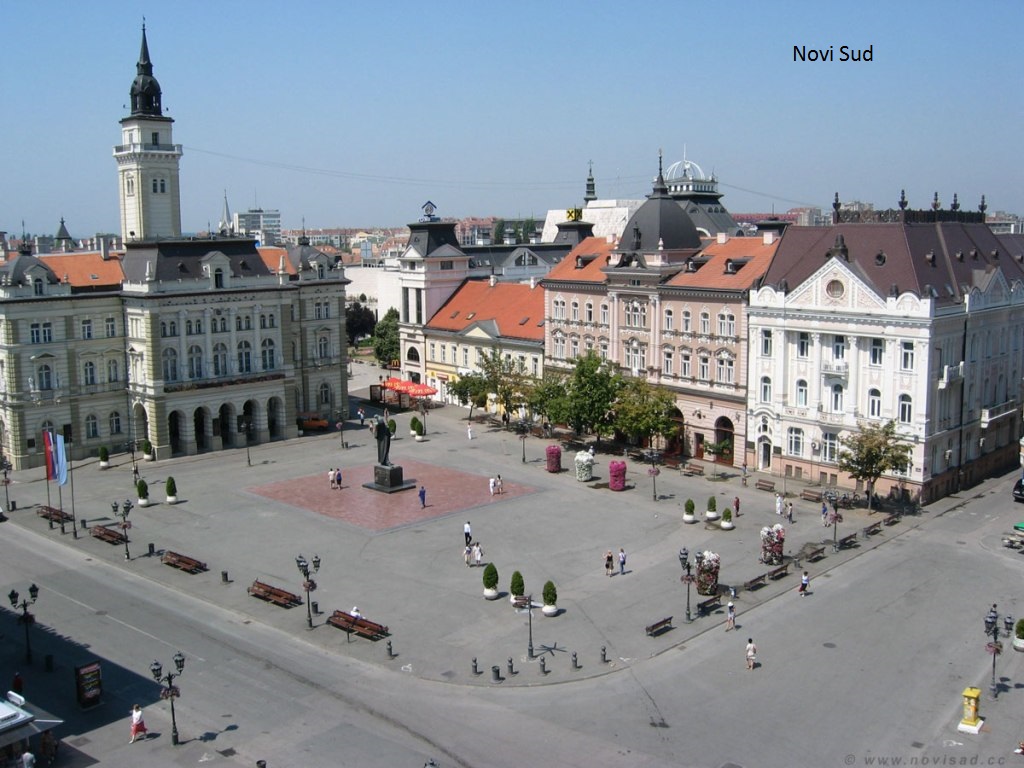
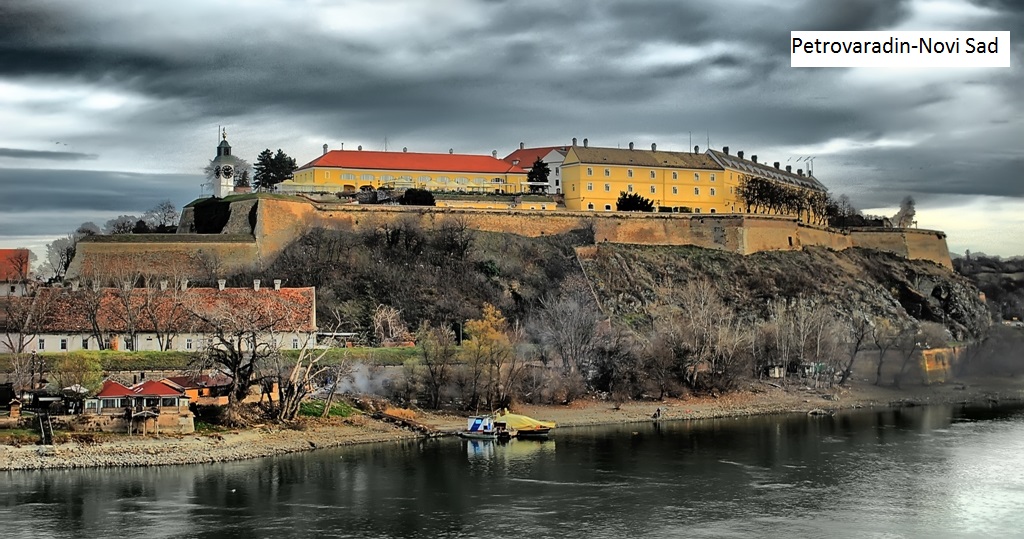 The next nation along the river cruise route was Serbia. The ship arrived at the city of Novi Sad. Two impressions left on us for this trip are: the strong influence of Orthodox Christianity in Southeast Europe; and the remains of many ancient fortresses and castles. Southeast Europe was the one of the remote outposts of the early Roman Empire against barbarian invasion and later that of the Austrian-Hungarian Empire against the threats by the Muslim Turks/Ottoman Empire. That is why so many ancient fortifications had been built in these parts of Europe. At Novi Sad, there is the impressive Petrovaradin Fortress.
The next nation along the river cruise route was Serbia. The ship arrived at the city of Novi Sad. Two impressions left on us for this trip are: the strong influence of Orthodox Christianity in Southeast Europe; and the remains of many ancient fortresses and castles. Southeast Europe was the one of the remote outposts of the early Roman Empire against barbarian invasion and later that of the Austrian-Hungarian Empire against the threats by the Muslim Turks/Ottoman Empire. That is why so many ancient fortifications had been built in these parts of Europe. At Novi Sad, there is the impressive Petrovaradin Fortress.

 We participated in a shore excursion to Belgrade, the capital of Serbia. We saw the Kalemegdan Fortress there. We also visited the Royal Palace of King Alexander I and the Museum of Yugoslav History/Tito’s Mausoleum. Josip Tito was the well-known President/ruler of the former Communist Yugoslavia.
We participated in a shore excursion to Belgrade, the capital of Serbia. We saw the Kalemegdan Fortress there. We also visited the Royal Palace of King Alexander I and the Museum of Yugoslav History/Tito’s Mausoleum. Josip Tito was the well-known President/ruler of the former Communist Yugoslavia.The most scenic part of the lower Danube is, perhaps, the “Iron Gates” stretch. The Iron Gates refers to a series of gorges that form a natural border between Serbia and Romania. Of the Iron Gates, the most dramatic or breath-taking seems to be the “Kazan” area. Among the spectacular sceneries, we saw the colossal sculpture/statue of Dacian king Decebalus carved in rock on the river bank.
We were told that during the Communist rule, many Romanians risked their lives to attempt to swim across the River Danube from Romania to Yogoslavia. Apparently, Romania was ruled by the brutal and ruthless Communist dictator of Nicolae Ceausescu and the Romanians lived under great repression and extreme deprivation. On the other side, the Yugoslavia Communist dictator Josip Tito was more moderate and treated his people better. The driving force behind these Romanians’ desperate attempts to get to Yugoslavia was to escape their miserable live and seek “better” life.



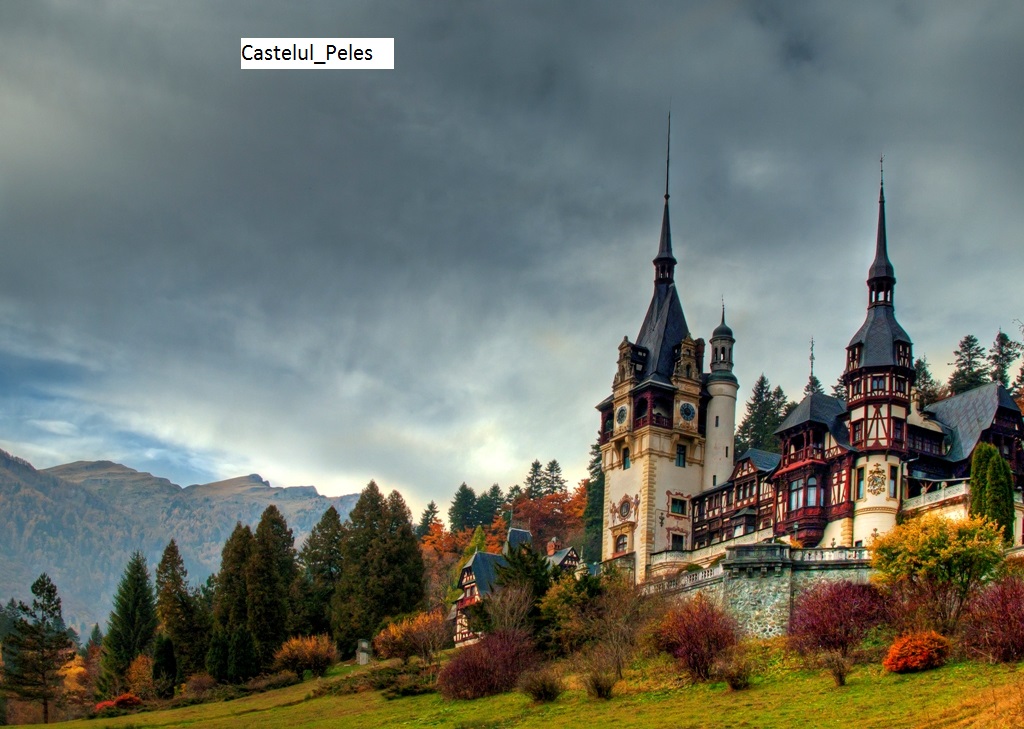
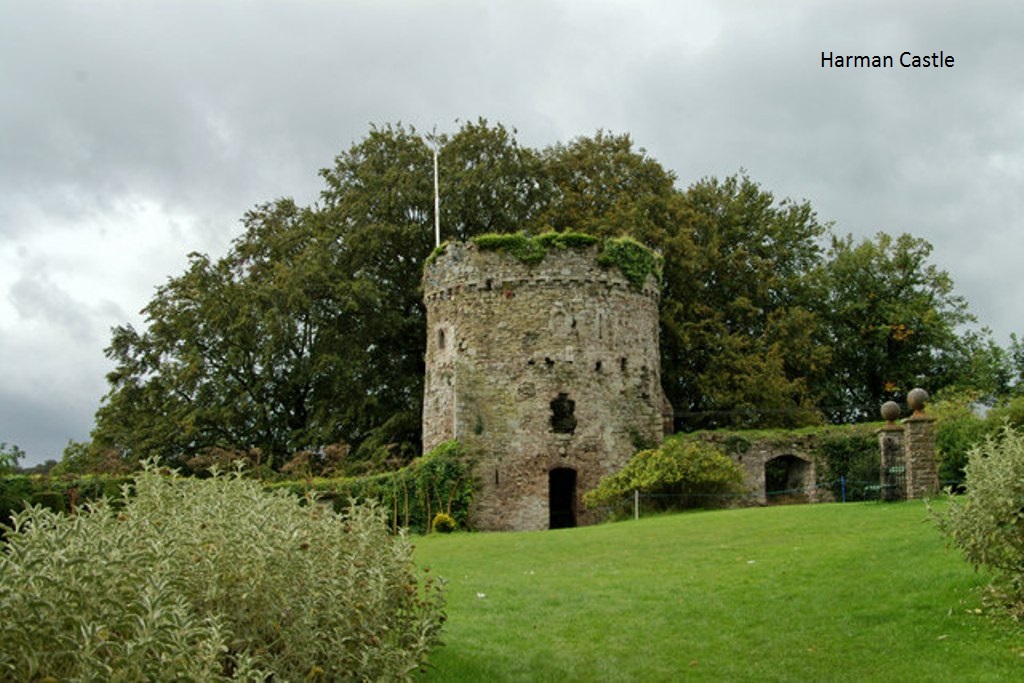
Next, we reached Vidin, Bulgaria. Bulgaria is known as the “Land of Roses”. During the land excursion, we viewed the Baba Vida Fortress and the impressive Belogradchik Fortress.
Then the following stop-over for the ship was Rousse, Bulgaria. Close by, we saw the old citadel of the Royal Fortress.
After disembarking the ship, we travelled by car to the Romanian capital of Bucharest. Bucharest has the nickname of the “Little Paris of the East”. The outstanding tourist attraction to see in Bucharest is the Romanian Parliament built by Nicolae Ceausescu. This gigantic parliament is allegedly the second largest administrative building in the world, after the Pentagon in USA.
We spent the entire day prior to our departure from Romania in visiting the famous, scenic region of Transylvania. The highlight of the Transylvanian trip was to visit the legendary Bran Castle (also known as the Dracula’s Castle) near Brasov. On the way to the Bran Castle, we saw the Sinaia Monastery, the Peles Castle, and the Harman Castle (the fortified church).
From the perspective of Canadian visitors, Southeast Europe is still in the process of struggling to survive economically, like other nations which had broken off from the former control under Soviet Union. The cost of living there is rather low but the average annual salary is also relatively meager. Most countries in Southeast Europe do belong to EU but are not allowed to use the Euro as their currency because of their lack of adequate financial management or fiscal stability. Presumably, only a minority of the people in each nation, who have political and administrative power or who have connection to bureaucrats, have money and enjoy good life. Life is poor or tough for the majority. Many young people leave their homeland to go to the well-developed EU nations to work ----- those who possess professional qualifications/skills seek professional jobs whereas the others work as laborers or servers. As an example, a local tour guide in Croatia told us that the unemployment rate in their nation is 40%. Some people in Southeast Europe still could not leave behind their life philosophy during the Communism times that they could work with minimal efforts and yet their government would pay their salary. While in Bulgaria, we mailed a postcard, to be sent to Canada. It took well over two months before it was finally delivered to Toronto. This reveals something about the level of efficiency (or inefficiency) in the Bulgarian public service. On one hand, the people in Southeast Europe want to be “westernized”, in least in some ways. For example, the possession of smart phones and use of internet is very popular, if not ubiquitous; all young people choose to study English in schools.
Because of the much longer history (at least over two thousand years) of Southeast Europe, compared to that of Canada, there are a lot of historical heritages to see. There are also picturesque sceneries to view. The culinary heritages there are still being passed on to the present and can be tasted and experienced. For instance, we tasted the Hungarian goulash in a traditional Hungarian restaurant in Budapest.
We are glad that we had taken this “less travelled “journey in Southeast Europe. It had been a different experience and a real eye-opener. We have found that visiting foreign nations of different cultures, histories and geographical locations would invariably give us new or added perspectives in life. This is one of those trips in which we strongly felt that we are blessed to be able to live in Canada and that we still prefer to live here.
Please click here to view the complete album.





